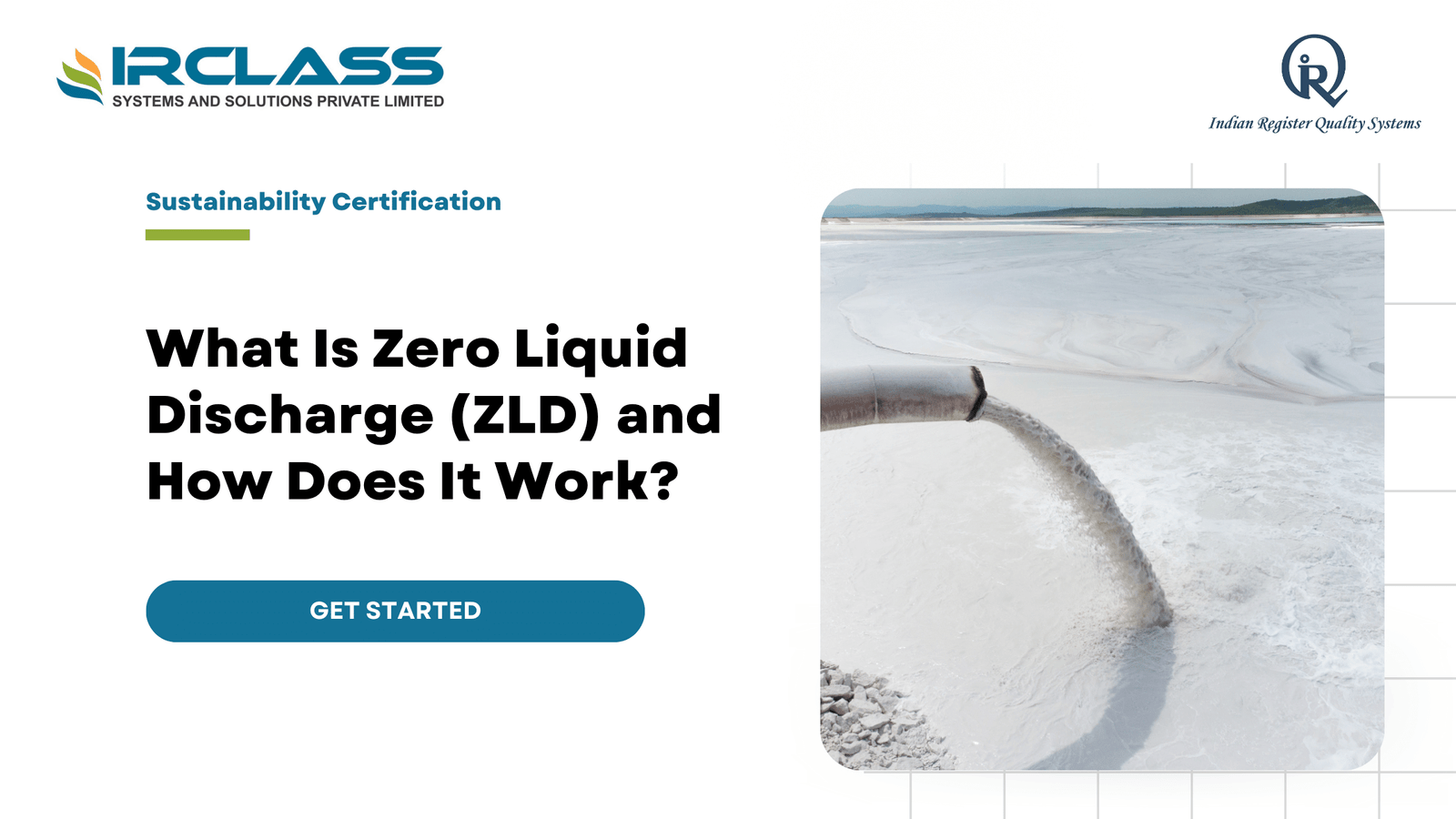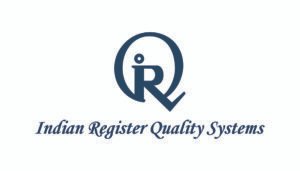Category: Carbon Footprint Verification
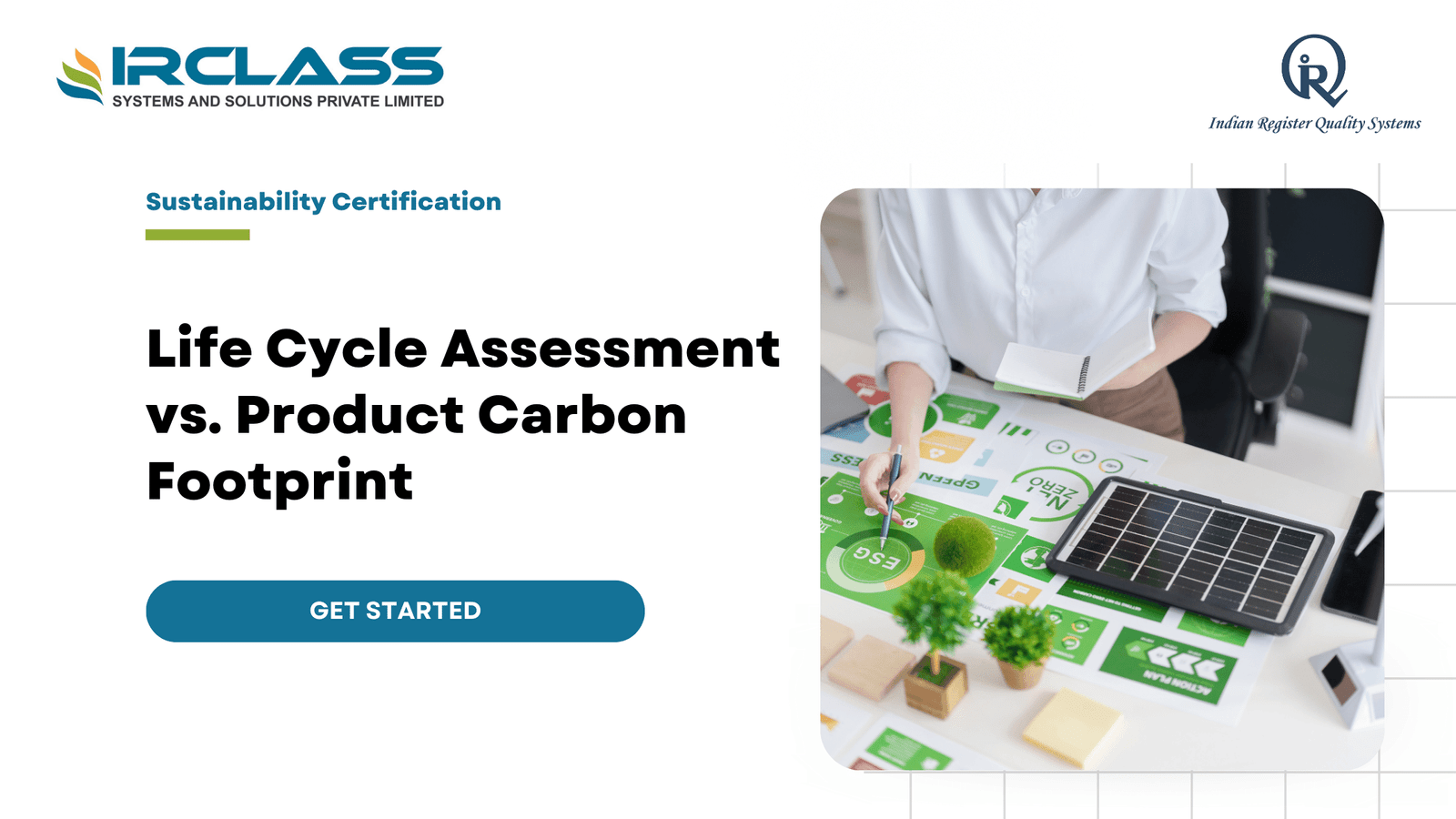
Life Cycle Assessment vs Product Carbon Footprint: What’s the Difference?
Many companies want to measure their environmental impact but do not always know which tool gives them the right answer. Life Cycle Assessment and Product Carbon Footprint are two options that help teams track impact across the full life of a product. These tools look similar but they do different things. What Life Cycle Assessment covers Life Cycle Assessment tracks how a product affects the environment from start to finish. It begins with raw material extraction and ends with disposal or recycling. The method covers every stage in between. That includes manufacturing along with transportation and product use. The goal is to give a full view of total environmental impact. This includes energy use along with water use and waste generation. Companies use Life Cycle Assessment to find ways to reduce overall harm in areas that go beyond carbon emissions. What Product Carbon Footprint focuses on Product Carbon Footprint only looks at greenhouse gas emissions. It measures how much carbon dioxide along with other gases are released across the life of a product. This includes emissions during production along with transport and use. It also includes the emissions caused when a product is thrown away or recycled. Unlike Life Cycle Assessment it does not track water use or other impacts. Product Carbon Footprint helps teams report carbon emissions and find ways to reduce them. Where the difference begins Life Cycle Assessment is a wide lens. Product Carbon Footprint is a zoomed-in view. One looks at all environmental effects. The other looks only at climate effects. That means they serve different goals. If you want to improve the product design across many areas then Life Cycle Assessment will give you the data you need. If you only want to meet a carbon target or get a label then Product Carbon Footprint is the better choice. How standards make these tools work Both methods follow global standards. Life Cycle Assessment is based on ISO 14040 along with ISO 14044. These standards help define how environmental data is collected and reviewed. Product Carbon Footprint follows ISO 14067. That standard is built to measure greenhouse gas emissions across product life cycles. Using the correct standard gives structure to your reporting and makes results easier to understand. Standards also help other teams review your work without needing extra explanation. Why data is the first step Both tools depend on strong data. You need to gather facts about materials along with transport and use patterns. You also need to know how the product is handled at the end of its life. That could mean disposal or recycling or something else. This information often comes from suppliers along with internal records. The more accurate the data the more useful the results. If the data is not complete then the results will not support the team in making better decisions. How Life Cycle Assessment supports product planning Product teams use Life Cycle Assessment to see where environmental impact is highest. That could be in the material choices or the production method. Sometimes a change in packaging can cut waste or reduce energy use. The goal is to help teams act before the product goes to market. This method supports design and sourcing decisions by showing which parts of the product do the most harm. It can also help in comparing product options before making large purchases. Where Product Carbon Footprint helps the most Product Carbon Footprint is useful for teams working on carbon goals. That might include internal targets or external disclosures. It can also support product claims like low-carbon or carbon-neutral. When a business wants to track only emissions this method gives a clear and focused view. Teams can see which stage of the product life causes the most emissions. That makes it easier to focus reduction efforts where they will matter most. Why both methods can work together Some companies use both tools. You can begin with a Product Carbon Footprint to meet an urgent carbon reporting need. Then you can expand into a full Life Cycle Assessment to improve design or sourcing for the next version of the product. The two methods do not compete. They solve different problems. They can also support each other when used in sequence. Product Carbon Footprint tells you where carbon is high. Life Cycle Assessment tells you how that carbon fits into the full environmental impact. When to start the process The best time to start an environmental assessment is early. That could be during product design or supply chain planning. Waiting until the product is already on the market limits your ability to make changes. These tools work best when they are part of normal product development. When they are built into the process teams can act on the results instead of just filing them away. The earlier the work begins the more value it brings. What teams need to stay on track Environmental assessment is not just a task for one team. It needs input from product teams along with procurement and operations. The data sits across many systems. Without clear roles and ownership the work can slow down or lose direction. Teams need to know why the data matters and how it supports business goals. When they understand the purpose they are more likely to provide what is needed on time and with the right level of detail. Why clarity in reporting matters The output from both tools should be easy to read and apply. A product manager should be able to look at the results and know what to fix. A supplier should be able to understand what kind of data is expected from them. Clear reporting builds trust across departments and keeps projects on track. If the report is too complex or technical it may not be used at all. The goal is to support action not just analysis. How to decide which tool fits your goal Choosing between Life Cycle Assessment and Product Carbon Footprint depends on what problem you are trying
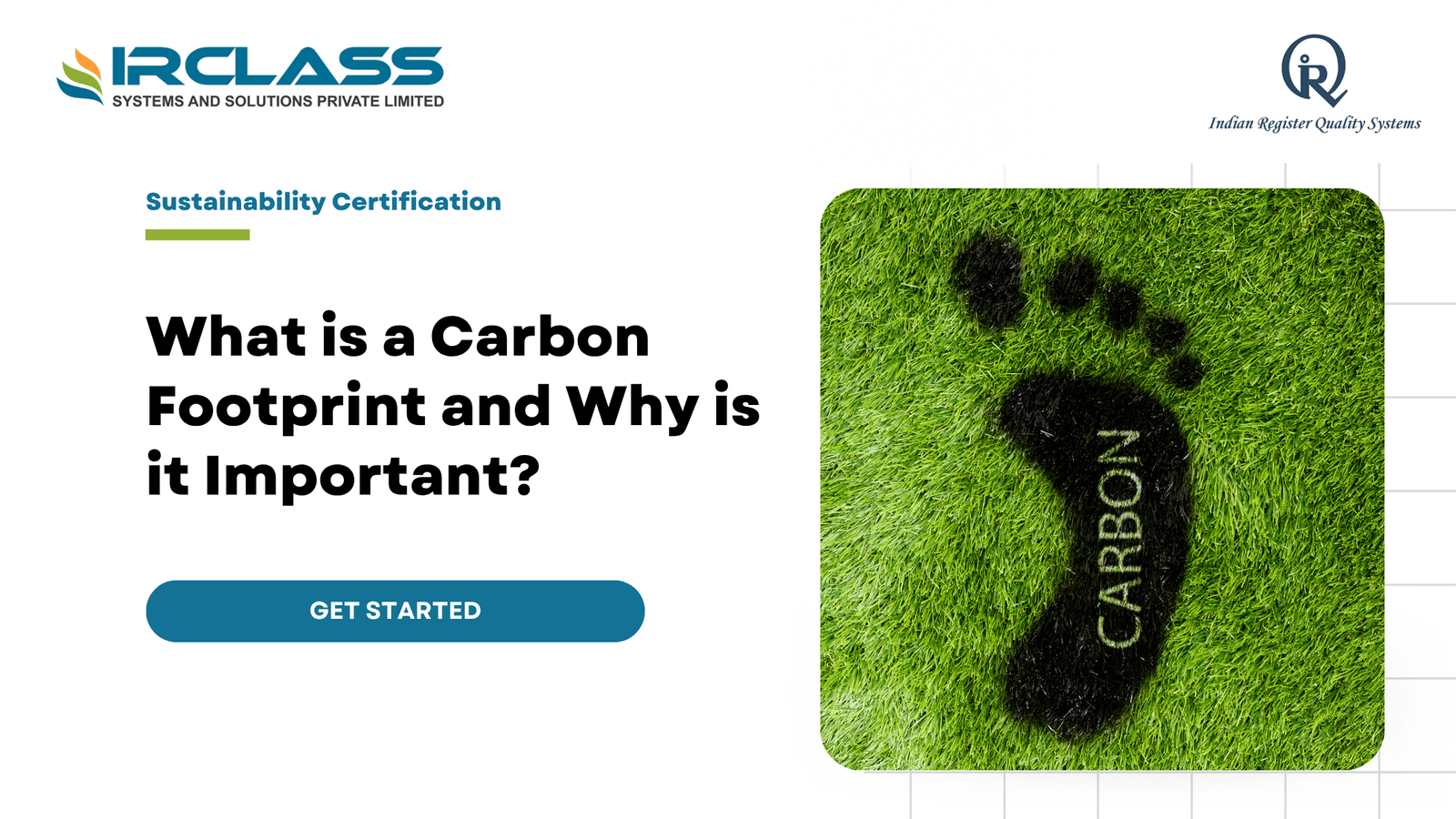
What Is Carbon Footprint Verification & Why It’s Critical for Your ESG Goals
Carbon footprint is not just a number. It’s a signal. It tells the world how your business interacts with the environment. And as ESG becomes a core part of how investors, customers, and regulators judge companies, that signal needs to be clear and credible. Carbon footprint verification is the process of checking that your emissions data is accurate, complete, and reliable. It’s how you show that your reporting is real, not just good intentions. Without it, your ESG strategy is just a story. With it, you’ve got proof. Why Carbon Footprint Matters in ESG ESG stands for Environmental, Social, and Governance. The “E” is often the hardest to measure—but also the most urgent. From climate regulations to investor pressure, environmental performance is under the spotlight. Carbon emissions are at the center of that conversation. If you can’t measure your carbon footprint, you can’t reduce it. And if you can’t prove what you’ve measured, no one will take it seriously. That’s where verification comes in. It’s Not Just About Saving the Planet—It’s About Staying in Business Governments are introducing stricter climate rules. Investors are screening for climate risk. Big corporations are auditing their supply chains for emissions. If you can’t show your numbers—or worse, if they’re wrong—you lose out. Carbon footprint verification helps you stay compliant, avoid greenwashing claims, and build trust. It’s not just good for the planet. It’s smart business. What Verification Actually Does Verification is not an internal review. It’s not based on assumptions. It’s a third-party check. Auditors look at your data, your process, and your calculations. They test it against international standards like ISO 14064 or the GHG Protocol. They don’t just ask “did you do it?” They ask “did you do it right?” Once verified, your carbon data becomes credible. You can use it in ESG reports, investor updates, sustainability claims, and supplier assessments. Why Verification Adds Real Value Anyone can publish an ESG report. But not all reports are created equal. Verified carbon data gives you a competitive edge. It shows stakeholders that you take sustainability seriously—and that your numbers are backed by real checks. It also helps you spot problems. During verification, issues often surface that might have been missed: incorrect assumptions, missing data, and wrong conversion factors. Fixing them early means better decisions and lower risk. Carbon Footprint Verification Supports Better Strategy When you know your real impact, you can make real plans. Verified data helps you set science-based targets. It lets you track progress over time. It helps you compare sites, teams, and suppliers. And it helps you talk about climate action with confidence. This is about more than optics. It’s about building a strategy that’s grounded in truth, not guesswork. Companies Are Being Held Accountable Carbon claims are under pressure. Consumers are asking for proof. Regulators are cracking down on false sustainability messages. Investors are running climate stress tests. If your carbon data isn’t verified, you’re exposed. There’s a growing expectation: show your math. If you say you’ve cut emissions by 20%, stakeholders want to know how you calculated it. Verified data removes doubt. What Gets Verified? A proper carbon footprint verification looks at: Every step is checked. If something doesn’t add up, it gets flagged. That’s how you move from estimates to accuracy. Carbon Verification Builds Market Confidence Today, ESG scores affect your brand, your funding, and your partnerships. A strong carbon verification can lift your ESG rating. It can make ESG data providers take you seriously. It can give banks and investors more comfort when evaluating risk. It’s also becoming part of procurement. Large buyers are now requiring emissions data from their suppliers. Verified numbers get you in the door faster. It’s Cheaper to Get It Right the First Time Unverified data might seem faster. But mistakes are expensive. Fixing a flawed report, responding to scrutiny, or correcting the record later costs time and trust. Verification saves you from that. Think of it like an audit for your emissions. It gives you confidence that what you’re reporting is real. And it lets others trust you without second-guessing. Verification Is a Step Toward Net Zero Many companies have set net-zero targets. That’s great. But targets without credible measurement are just promises. You can’t manage what you can’t measure—and you can’t prove what you haven’t verified. Carbon footprint verification isn’t just a checkbox. It’s the foundation. Once your emissions data is solid, you can build real reduction plans, track real outcomes, and show real progress. The Push Is Coming from All Sides The pressure to verify is growing: This isn’t a future problem. It’s happening now. Businesses that move first get ahead. The rest get left behind. Don’t Wait for Regulation It’s easier to start when the choice is yours. Waiting for mandatory rules means rushing under pressure. It means higher costs, more mistakes, and more stress. Voluntary carbon footprint verification puts you in control. You set the pace. You choose the scope. And you’re ready when regulation comes. You Don’t Need to Have Everything Perfect You can start small. Pick one site, one product line, or one business unit. Verify that. Build your approach over time. What matters is that you start. Verification is not about being flawless. It’s about being transparent, consistent, and committed. Conclusion Carbon footprint verification is no longer just a best practice. It’s a business need. It strengthens your ESG reports, protects your brand, and positions you for the future. The companies that take this seriously today will be the ones leading tomorrow. If you’re ready to verify your carbon footprint, work with a partner who knows how to do it right. IRQS brings experience, credibility, and a clear process. They help you move from estimates to evidence, so you can build trust where it counts.
Search
Useful Links
Recent Posts
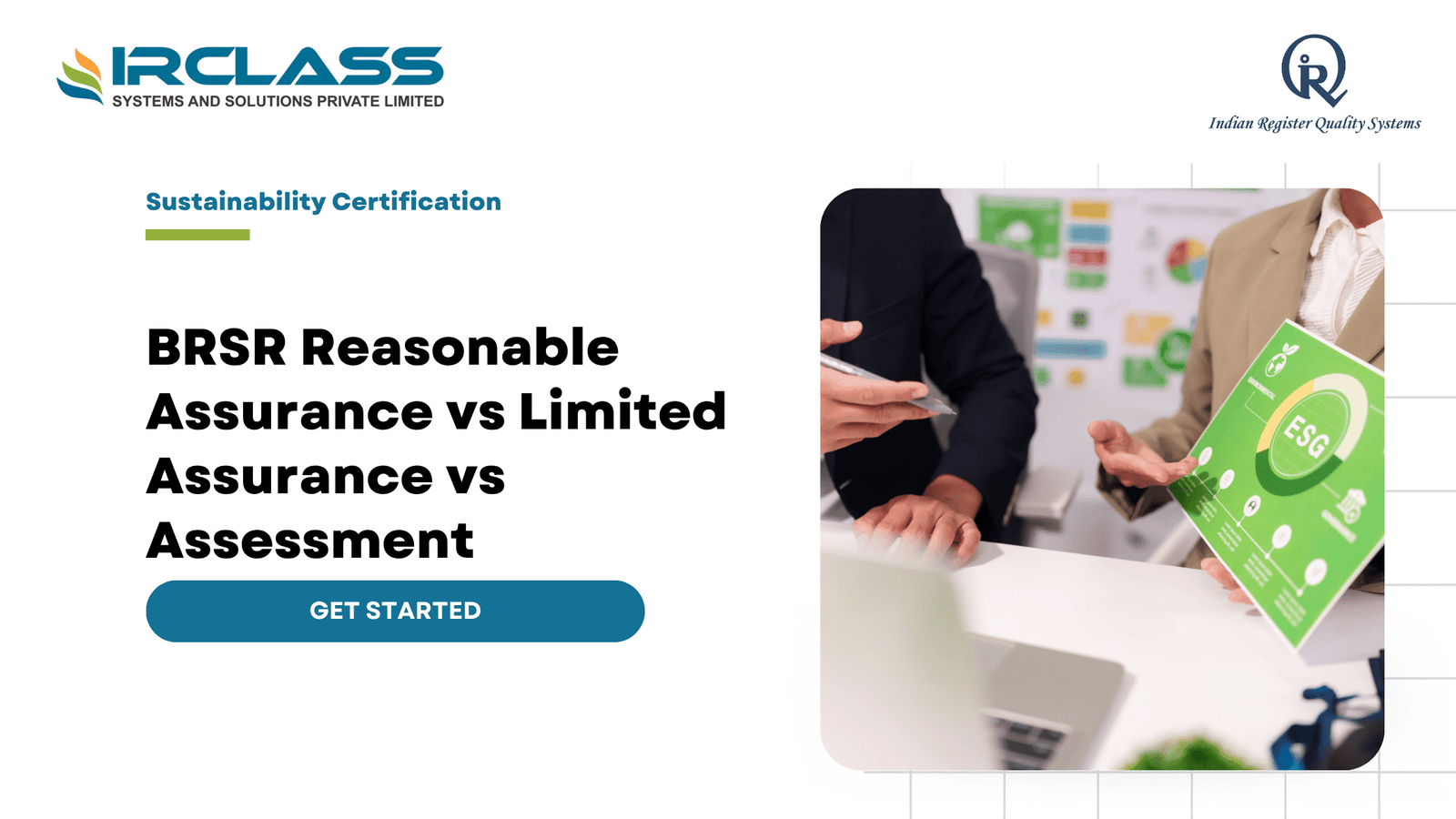
BRSR Reasonable Assurance vs Limited Assurance vs Assessment
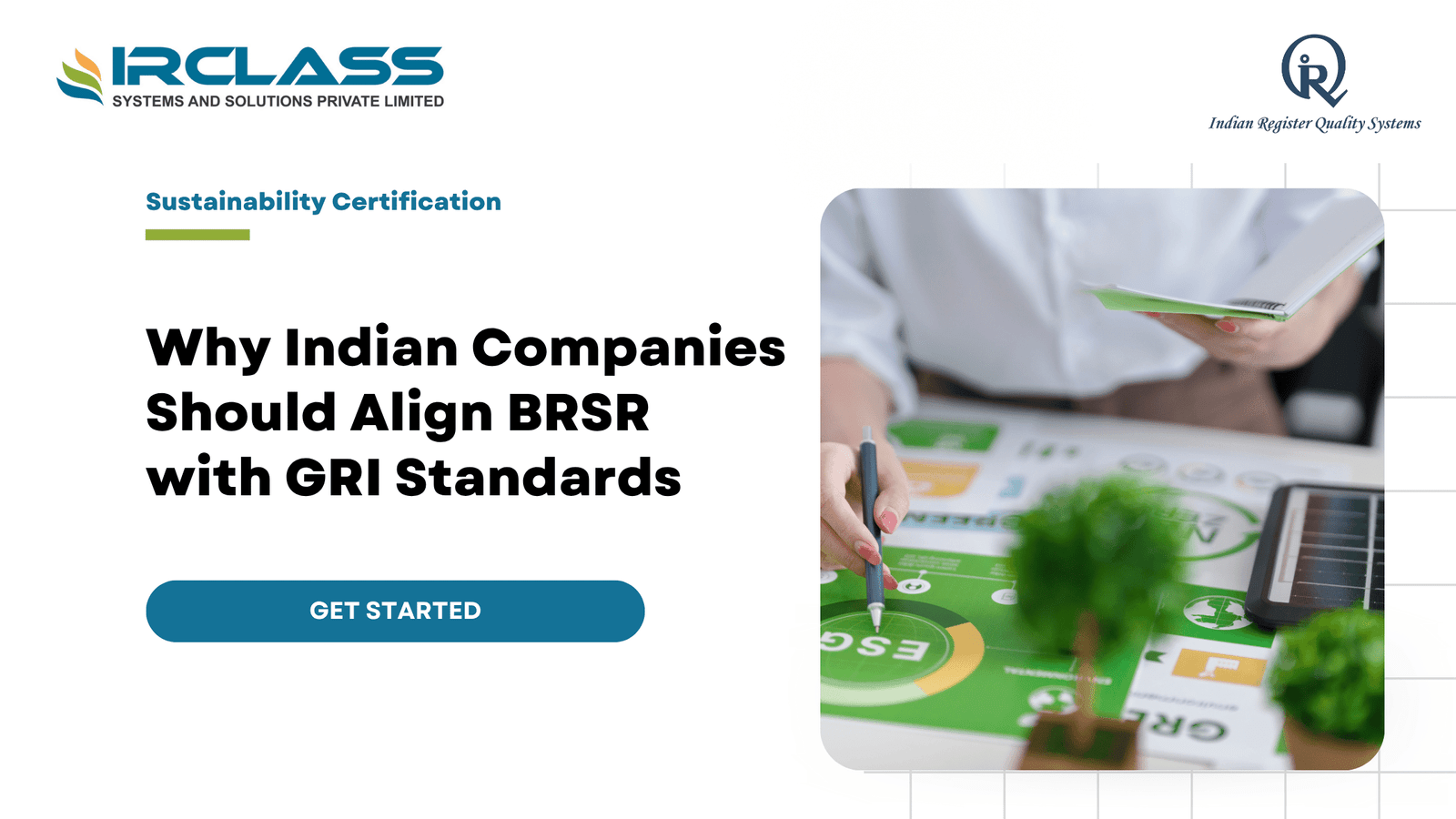
GRI Reporting and SEBI’s BRSR: Building Credible ESG Reports for Indian Companies
